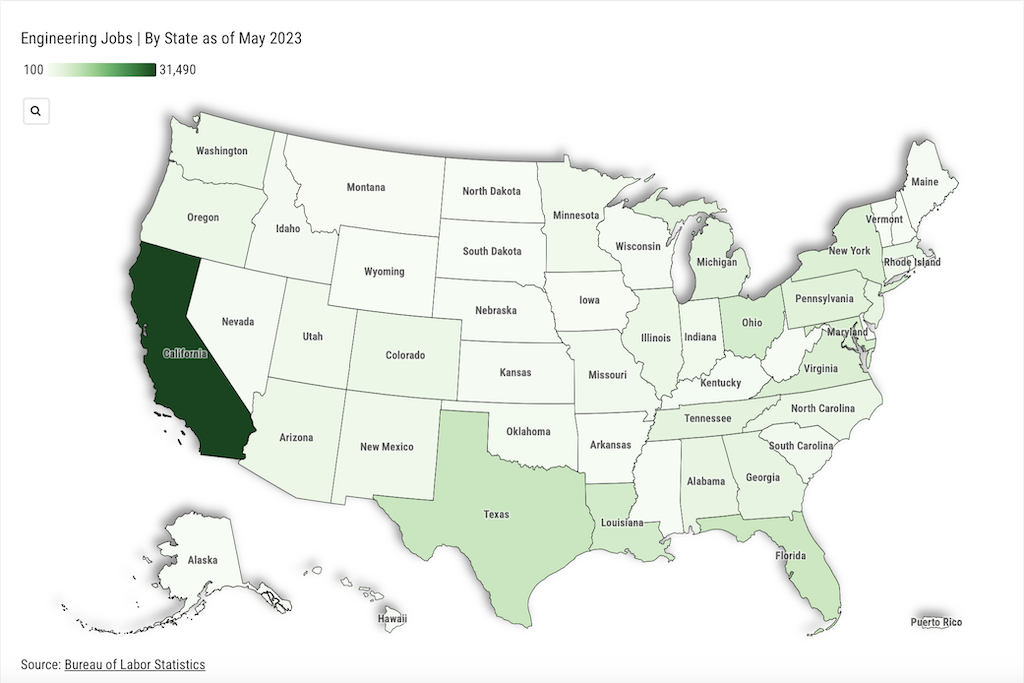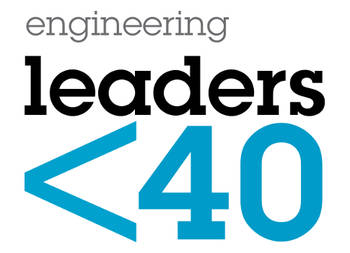While effective alarm documentation and rationalization (D&R) is vital to efficient plant operation, too often operators struggle to return the plant to stable operation after an abnormal situation because they don’t understand what conditions generated the alarms in the first place. The master alarm database contains the valuable information operators need to determine the causes and...
While effective alarm documentation and rationalization (D&R) is vital to efficient plant operation, too often operators struggle to return the plant to stable operation after an abnormal situation because they don’t understand what conditions generated the alarms in the first place. The master alarm database contains the valuable information operators need to determine the causes and consequences of alarms, and identify measures that might prevent future occurrences. But this information is not always readily accessible.
Careful attention to the design of process control displays, alarm configuration, diagnostics and response, severity assessment and supporting documentation can help operators tap into this trove of information.
The alarm, rationalization process
Alarm documentation and rationalization — also referred to as alarm objective analysis — is the single most important activity in an alarm improvement process. Properly rationalized alarms can help resolve an estimated 85% to 95% of the alarm issues in a process control system.
During the D&R process, the alarm team, comprising experienced operators and engineers, often with the facilitation of a consultant, undertakes a labor-intensive evaluation of every configurable alarm in the control system, following the foundational principles and practices defined in the site’s alarm philosophy document.
In the course of the rationalization review, the alarm team removes alarms that require no operator action and assesses alarm behaviors such as excessive chattering, alarms that have gone stale, redundant alarms and other undesirable conditions. For alarms that remain in the system, the team evaluates and revises priorities, trip points, routing strategies, deadband (the range or band the process variable needs to pass before the alarm state returns to normal) and alarm descriptions, and specifies applicable advanced alarming techniques. A key element of this process is the documentation of alarm causes and severity, corrective actions and the consequences of inaction, incorrect action or late action.
The end result is a master alarm database, which typically resides in an alarm management server and is the product of countless man-hours of the most experienced resources in the plant. It is truly an alarm and operator response knowledge base, ideally leveraging the plant’s extensive collection of staff skills and experience.
The D&R process provides operators with reliable and consistent decision support, but it has traditionally been far from a real-time tool. Instead, operators usually study the D&R at the beginning of their training and only refer back to it as needed. They eventually develop confidence that alarm priorities consistently reflect and convey the magnitude and urgency of the abnormal situation. Operators learn to associate every activated alarm with a defined action, and learn how much time they have to make changes before an undesirable event occurs.
But regardless of how knowledgeable, skilled or experienced the operators are, having access to real-time information on causes, consequences and company priorities can result in a much more effective response. Integrating the master alarm database with the alarm summary display of the process control system is the best way to do this. It puts all the rationalization knowledge at the fingertips of the operator via the human machine interface (HMI).
The operator connection
Integrating a master alarm rationalization database with older, proprietary control systems can be significant programming and communication challenges. Standards-based technologies keep user interfaces, data and distributed control applications separate, providing much more flexibility for accessing and displaying data at a much lower cost.
Even a simple GUI with minimal bells and whistles can provide operators with far more information than they have ever had before whenever they need it. Information on how to respond to an active alarm could appear in the alarm summary display list while the alarm is sounding or could be accessible upon operator request at anytime. Process graphics could also provide troubleshooting guidance or assist with general review.
For maximum effectiveness, operators would need accessibility to the four main types of information: alarm configuration, diagnostics and response, severity assessment and supporting documentation.
Alarm configuration summary — Summary alarm configuration information does not replace the operators’ point detail display, but does provide enough information to enable them to identify the alarm correctly. It assures them that the response information corresponds to the current procedure for that alarm, and that the alarm rationalization is current, reflecting the most recent review or feedback from operations. The alarm configuration would also enable operators to verify any additions to the rationalization database.
Diagnostics and response — Based on process data, best practices, operational experience and statistics in the database, the diagnostics and response section summarizes likely causes of an alarm, verification points and possible corrective actions. It includes a verification method or procedure that links the type of alarm to its likely causes, helping the operator narrow down the source of the problem. It’s still up to the operator, however, to evaluate and rule out possible causes and determine the most appropriate intervention. This just makes it easier to leverage the team experience already in the database.
Having ready access to the knowledge in the rationalization database enables rapid alarm verification and determination of additional expertise that might be needed to respond to the alarm.
Severity assessment — Severity assessment information enables operators to immediately assess the consequences of inaction, incorrect action or late action, along with severities. The first indication of severity comes from the assigned priority of the alarm, which is determined in the rationalization process and assigned based on the corporate/plant alarm philosophy. Alarms are grouped by criteria according to corporate policy.
From these assignments, a priority matrix of consequences can be developed and readily accessed by the operator. For example, the alarms might by grouped into health/safety, environmental and financial criteria, typically with severity levels of minor, moderate, major and critical. The matrix provides a clear statement of consequences and impact, which guides the operator in his response.
Supporting documentation — Access to supporting documentation can also help operators resolve alarm situations. But this section should be designed and used with care. Too much information can overwhelm the operator. Operators should have only the information that is essential to the alarm response. This might include escalation policies, relevant emergency procedures and other critical procedural information not previously referenced in the rationalization database.
This is typically not the place to stuff system or process drawings or to store general documents that might describe the system or the process, but do not relate to the known alarm situations. That information can be documented elsewhere. The overarching goal is to provide direct, simple and helpful information for better response to alarms. Involving operators in the information presentation design is one way to keep it focused on their needs.
The operator is — and will continue to be — the most critical part of any alarm management system. From rationalization to the design of information layout on the HMI, the entire alarm design process must focus on the operator and make best use of the operational expertise in the plant. Today’s integrated database and application tools provide new and focused levels of information to guide operators in prioritized, accurate and fast response to process alarms, significantly improving their effectiveness.
Easy-to-use alarm displays and procedures are essential, given the wide array of information presented to operating personnel.
Ready access to a database of best practices, operational experience and process behavior allows operators to respond more quickly to alarms.
| Author Information |
| Diego Izarra is managing consultant, Global Solutions group, Invensys Process Systems. His areas of expertise include alarm management, plant automation, instrumentation, process control management and process performance optimization. |



